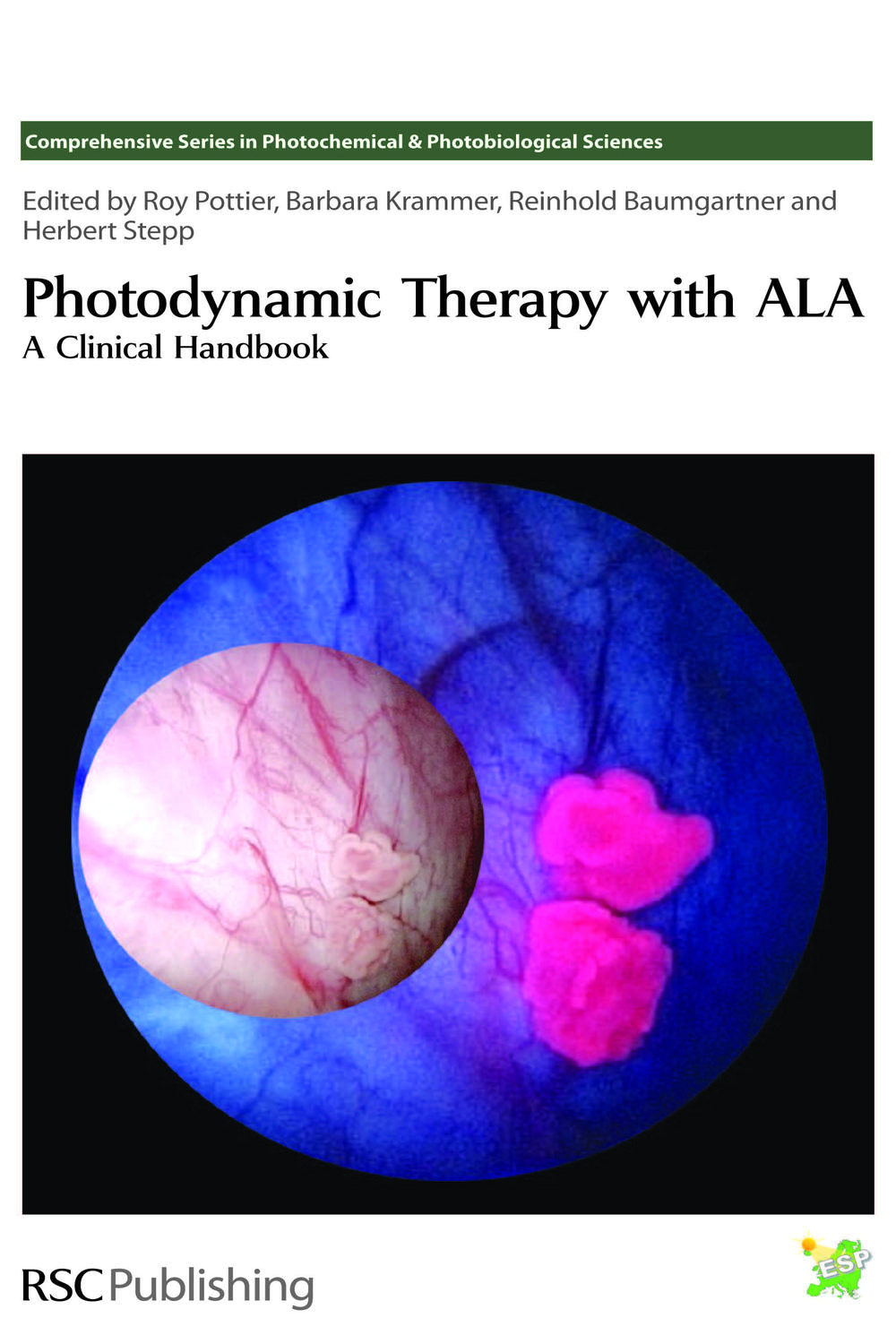1. Mesoporous silica nanoparticles boost aggressive cancer response to hydrophilic chlorin e6-mediated photodynamic therapy
- Author
-
Sara A. Abdel Gaber, Herbert Stepp, Mahmoud H. Abdel Kader, and Mika Lindén
- Subjects
Chlorin e6 trisodium salt ,Photodynamic therapy ,Mesoporous silica nanoparticles ,Anticancer ,Caspase-dependent apoptosis ,Neoplasms. Tumors. Oncology. Including cancer and carcinogens ,RC254-282 - Abstract
Abstract Background Chlorin e6 trisodium salt (Ce6) is a newly developed hydrophilic photosensitizer designed to mediate anticancer photodynamic therapy (PDT). The response of different cancer types and strategies to boost anticancer efficiency of Ce6-PDT are poorly studied. Objectives This study aimed to investigate the response of different cancer types to Ce6-PDT, identify the unresponsive ones, and develop a nanosystem for response enhancement. Methods Sk-Br-3, MCF-7, U87, and HF-5 cells were tested in 2D cell cultures. Ce6 uptake, PDT-mediated phototoxicity, ROS production, caspase 3/7 levels, and cell death mode were examined. Furthermore, U87 spheroids were treated with Ce6-PDT. Mesoporous silica nanoparticles (MSN) were synthesized and loaded with Ce6. Cellular uptake and phototoxicity of MSN-Ce6 were compared to free Ce6 in vitro and in vivo. Results Ce6 was detectable in the cell cytoplasm within 15 min. U87 cells showed the highest Ce6 cellular uptake. Upon Ce6-PDT, U87 cells were the most responsive ones with an 11-fold increase in ROS production. Here, 5 µM Ce6 and 4 J/cm2 were enough to reach IC50. Ce6-PDT induced both necrotic and caspase-dependent apoptotic cell death and 75% reduction of spheroids volume. Also, MCF-7 and HF-5 cells responded well to Ce6-PDT treatment. Sk-Br-3 breast cancer cells, on the other hand, were the least responsive ones with 80% viability after treatment (5 µM Ce6, 8 J/cm2). However, MSN-Ce6 conjugates increased Sk-Br-3 cellular uptake of Ce6 sevenfold decreasing the IC50 irradiation dose by an order of magnitude. In a very aggressive breast cancer rat model, MSN-Ce6-PDT treatment led to suppression of tumor volume by 50% and elevation of both Bax and caspase 3 by 90% compared to the control while the corresponding values for Ce6-PDT were 30% and 70%, respectively. Conclusion The newly developed hydrophilic chlorin and even more its MSN conjugate show high activities in anticancer PDT.
- Published
- 2023
- Full Text
- View/download PDF
